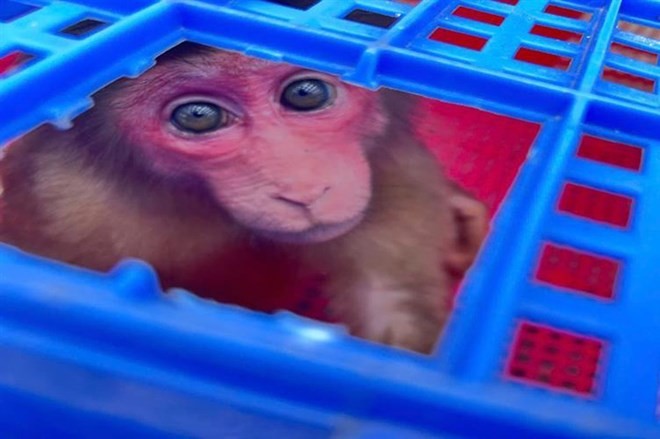 |
| On March 31, the Bai Tu Long National Park Management Board announced that it had received a red-faced macaque (scientific name Macaca arctoides) from Tien Yen district. After completing legal procedures, the monkey, which is in good health, was released into the natural forest area at Khuong 7, Sub-area 201, Ba Mun Island, Bai Tu Long National Park. Photo: Bai Tu Long National Park Management Board. |
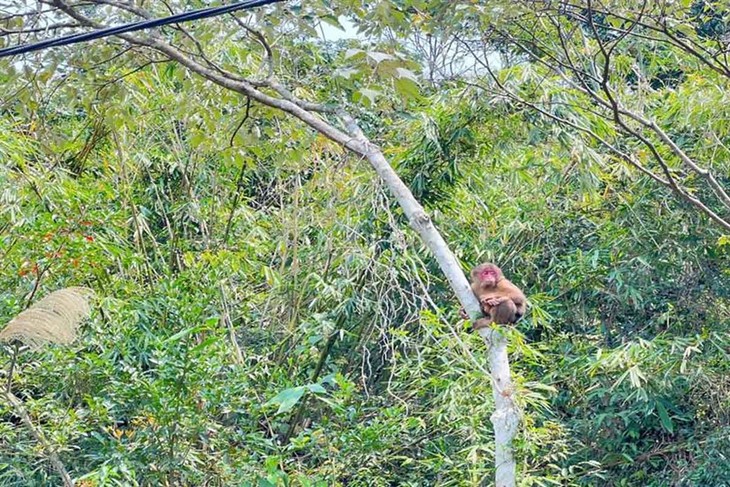 |
| Previously, the red-faced monkey was discovered by a resident in Dong Hai Commune, Tien Yen District (Quang Ninh) who had strayed into his garden and captured it. The family then reported the incident to the local forest rangers and brought the monkey to the Dong Hai Commune Police (Tien Yen District) to hand over, hoping that the male monkey weighing about 3.5 kg would be released back into the wild safely. Photo: Bai Tu Long National Park Management Board. |
 |
| The red-faced macaque (scientific name Macaca arctoides) is an endangered, precious, and rare forest animal belonging to group IIB, protected under the provisions of Decree No. 84/2021/ND-CP of the Government on the management of endangered, precious, and rare forest plants and animals and the implementation of the Convention on International Trade in Endangered Species of Wild Fauna and Flora. Photo: iNaturalist. |
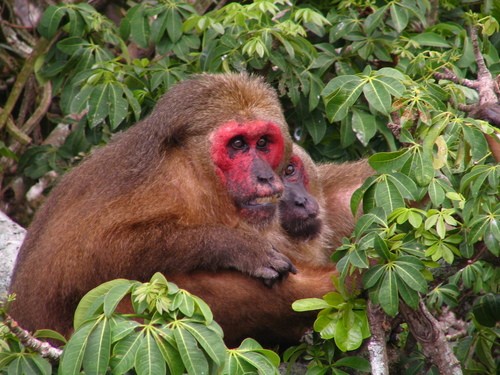 |
| The red-faced monkey , also known as the cormorant monkey, is a special primate belonging to the Cercopithecidae family, distributed mainly in South Asia and Southeast Asia. Photo: iNaturalist Mexico. |
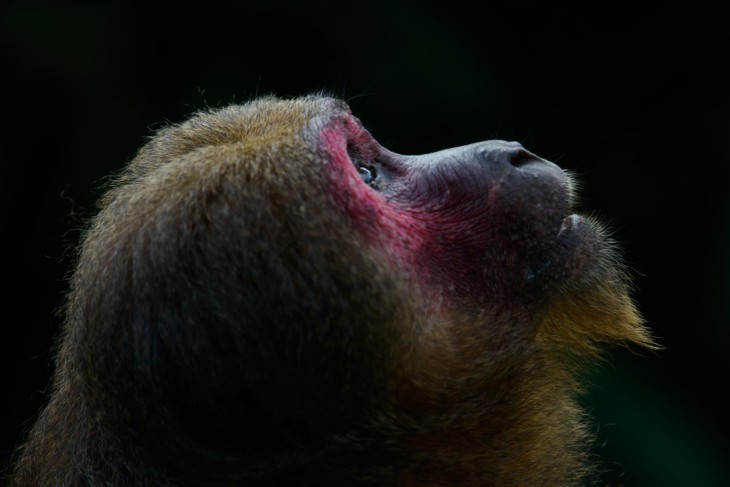 |
| Distinguished by their distinctive red faces, the red-faced monkey's fur is usually dark brown. However, they can sometimes have fur that varies from black to red. The underbelly is usually lighter than the upper body, and the back is reddish brown to dark brown. Photo: thainationalparks. |
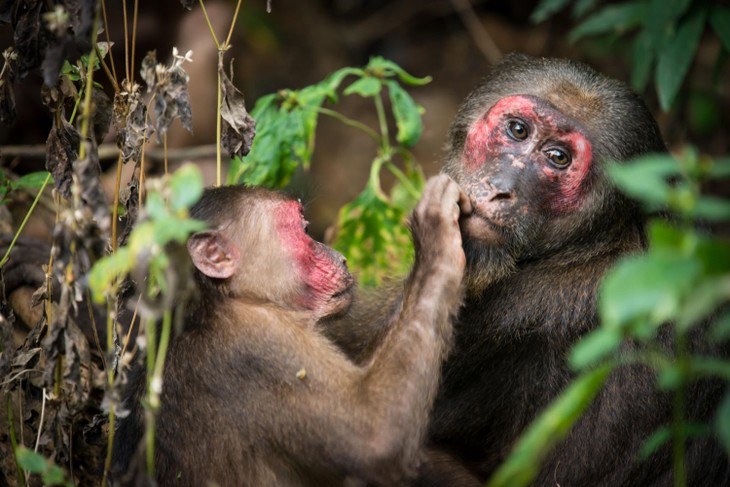 |
| When fully grown, each individual red-faced monkey has a body length of 485 - 700 mm, a tail length of 30 - 50 mm. They have an average weight of 7 - 18 kg. Photo: thainationalparks. |
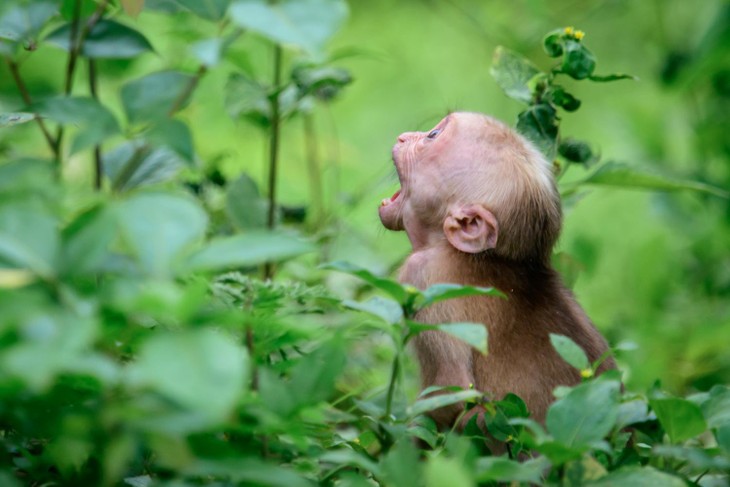 |
| The red-faced macaque is found in lowland forests, monsoon forests, dry forests and dense mountain forests up to 2,000m above sea level. Photo: thainationalparks. |
 |
| Active mainly during the day, red-faced monkeys climb and move on the ground to forage. Photo: thainationalparks. |
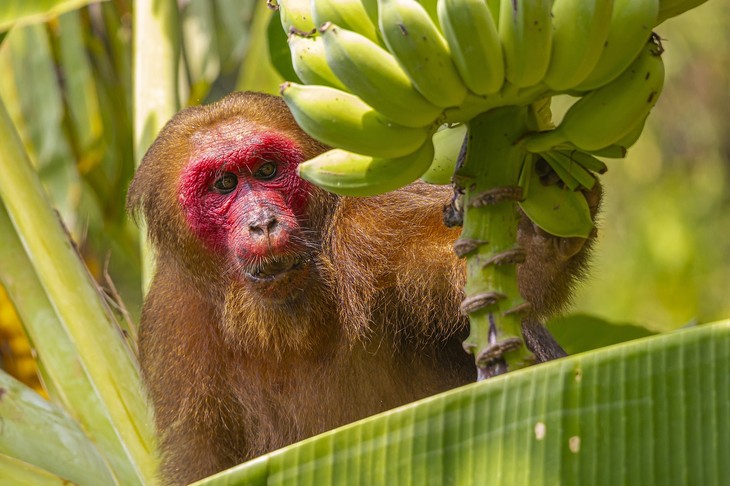 |
| The red-faced monkey's diet includes: fruits, seeds, young leaves, buds, and even small animals such as insects and birds. Photo: karits. |
Readers are invited to watch the video: A wild monkey calmly holds a bottle of wine, drinks it all, and then giggles.
Source: https://khoahocdoisong.vn/dong-vat-quy-nhu-vang-di-lac-o-quang-ninh-dan-lap-tuc-giao-nop-post266989.html


![[Photo] Special relics at the Vietnam Military History Museum associated with the heroic April 30th](https://vstatic.vietnam.vn/vietnam/resource/IMAGE/2025/4/3/a49d65b17b804e398de42bc2caba8368)

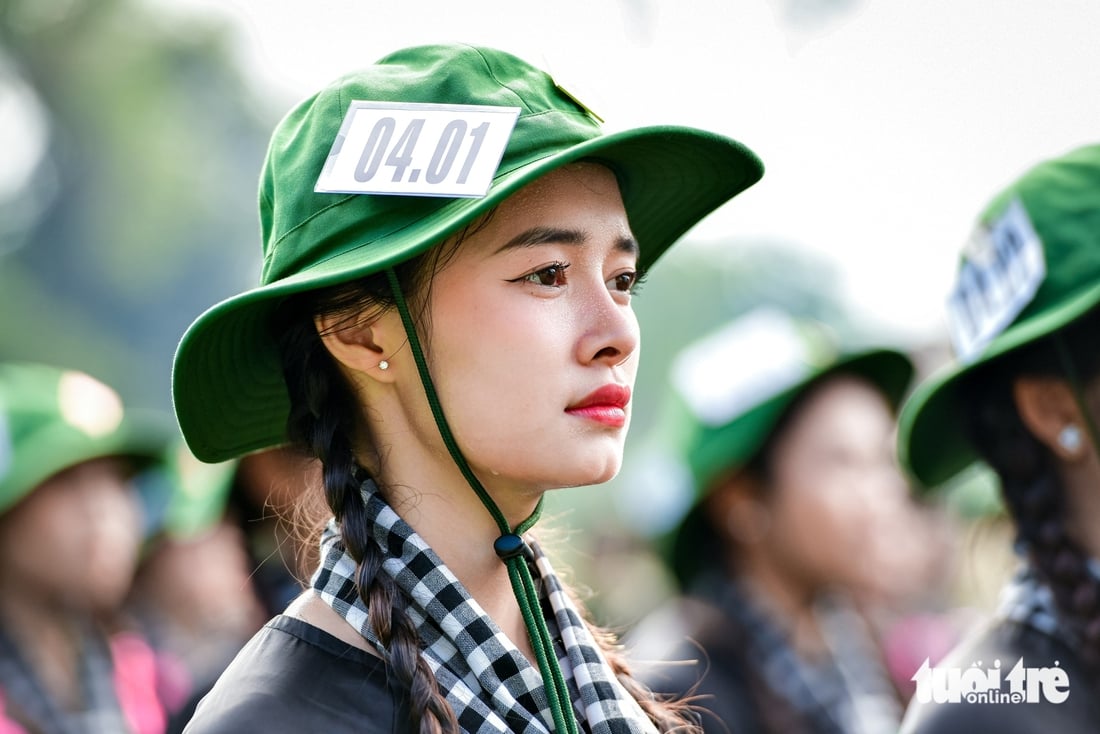
![[Photo] Moment of love: Myanmar people are moved to thank Vietnamese soldiers](https://vstatic.vietnam.vn/vietnam/resource/IMAGE/2025/4/3/9b2e07196eb14aa5aacb1bc9e067ae6f)

![[Photo] Comrade Khamtay Siphandone - a leader who contributed to fostering Vietnam-Laos relations](https://vstatic.vietnam.vn/vietnam/resource/IMAGE/2025/4/3/3d83ed2d26e2426fabd41862661dfff2)
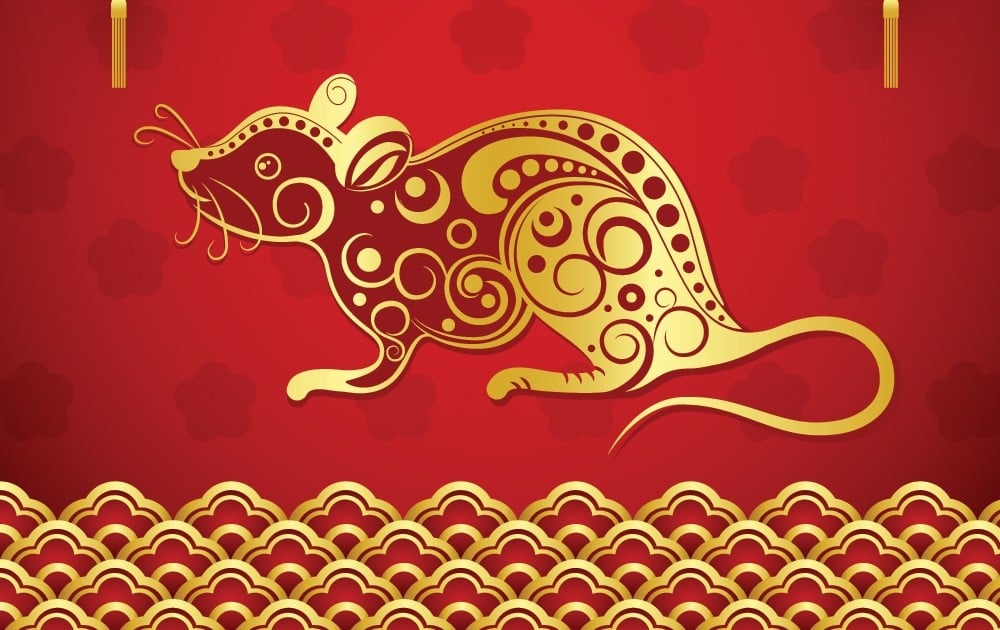
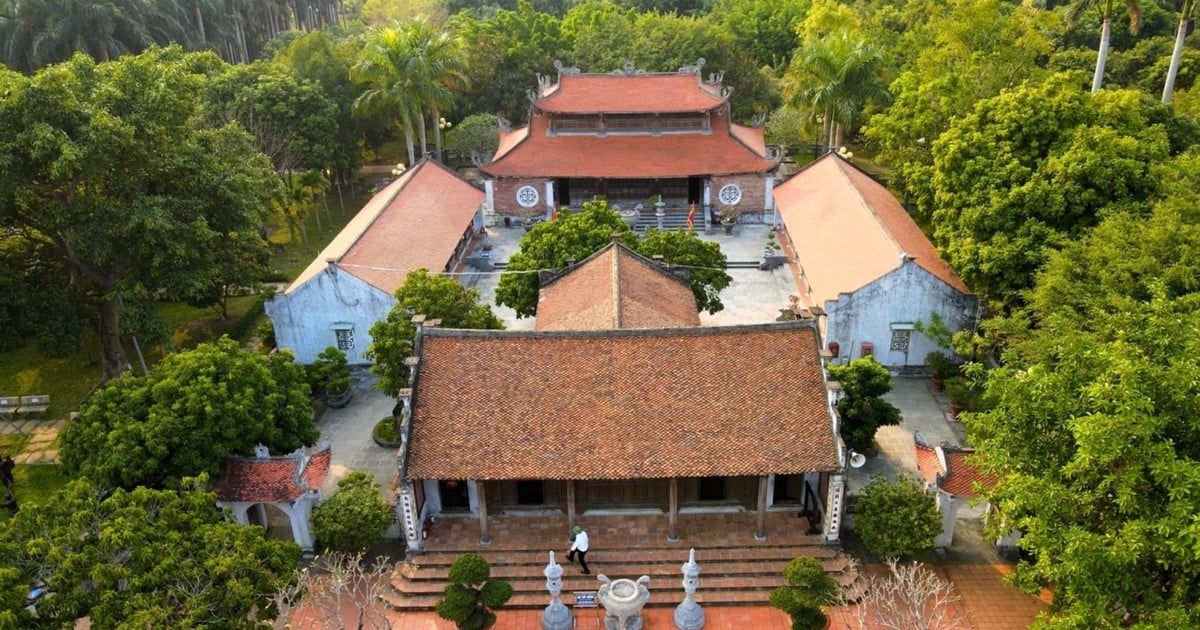
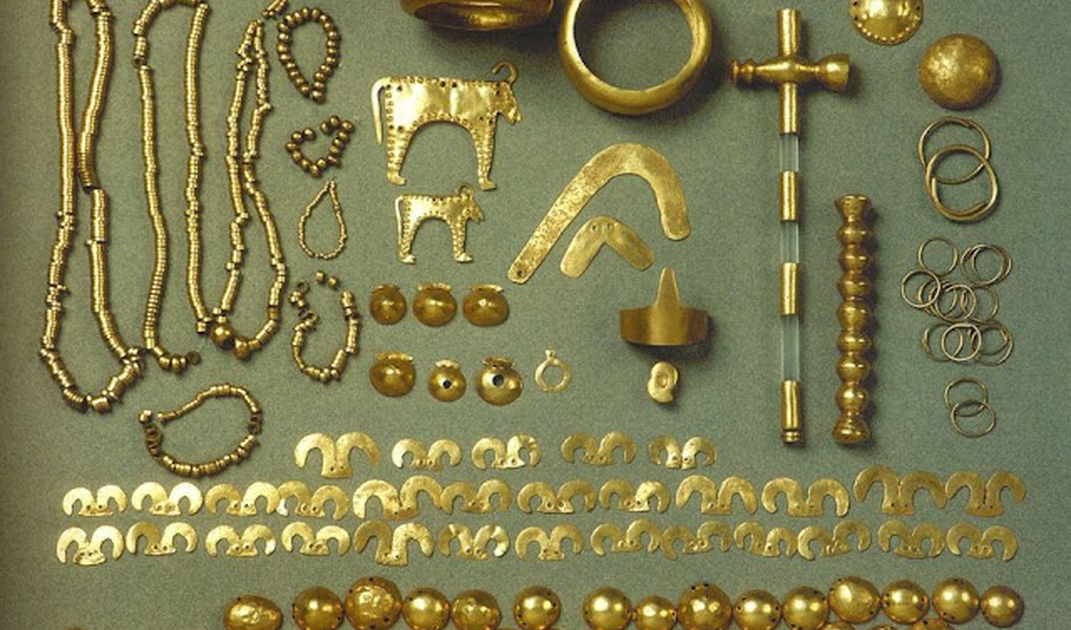








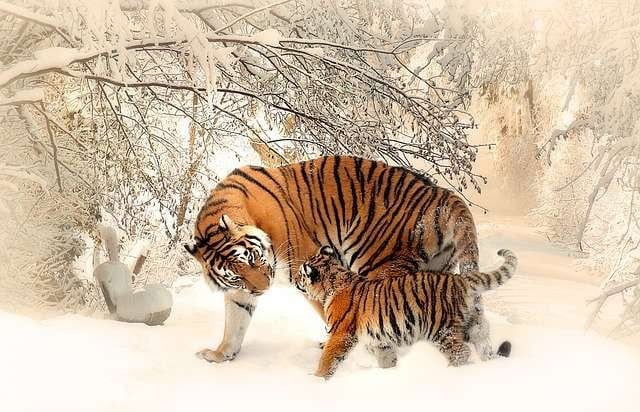






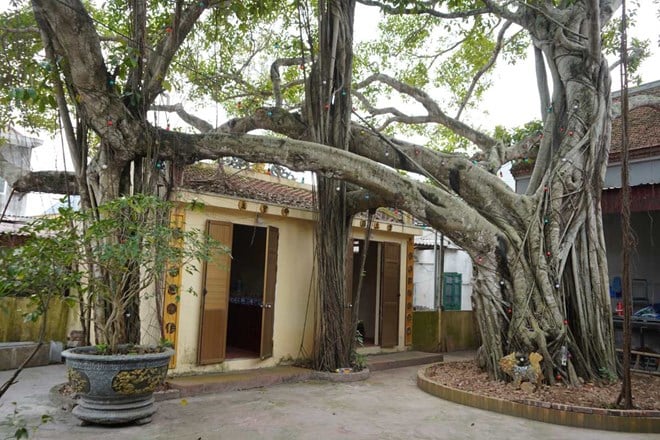

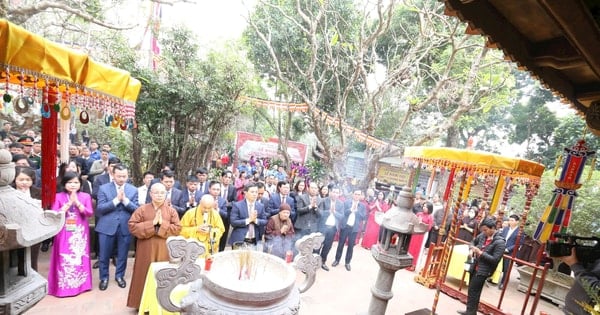











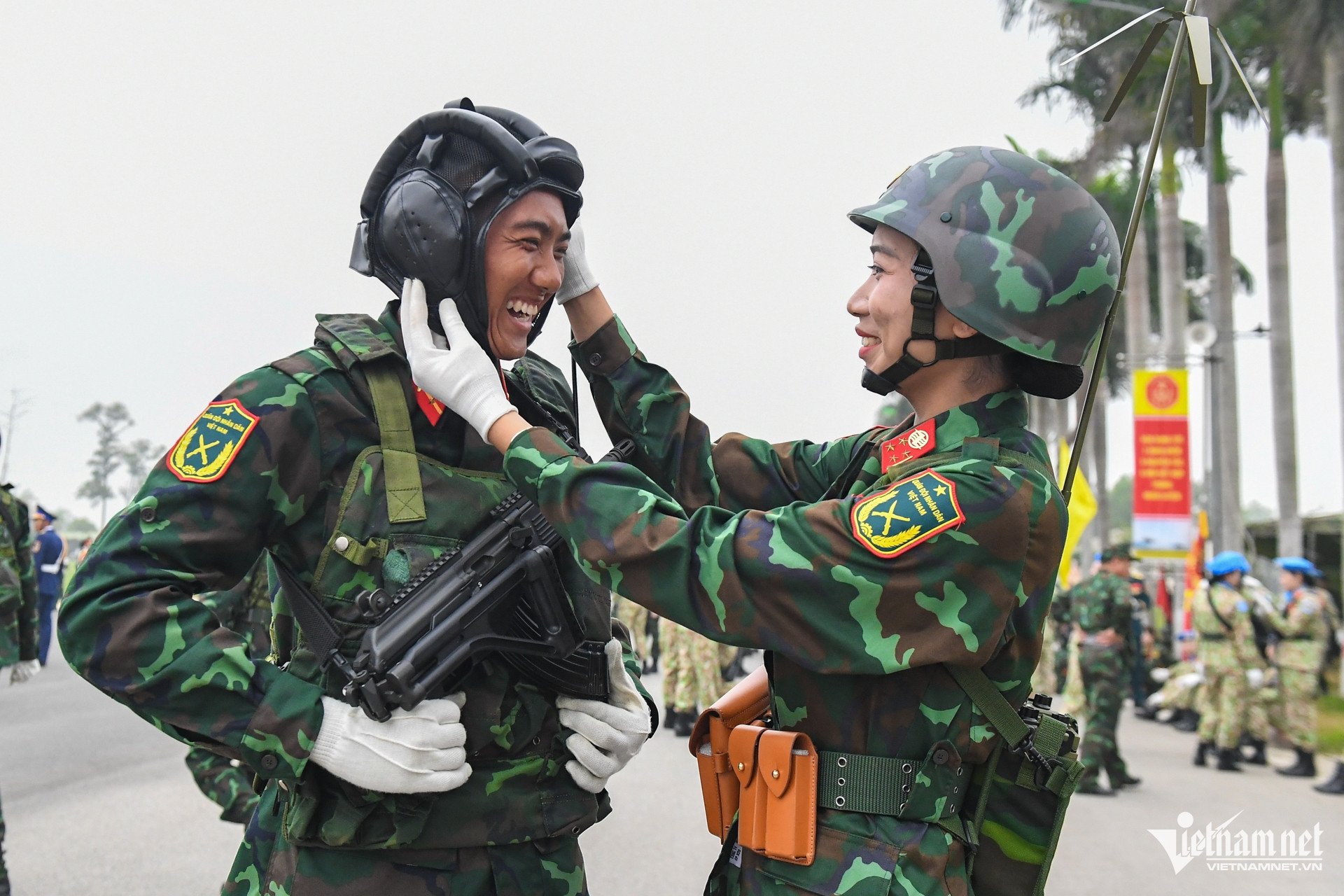

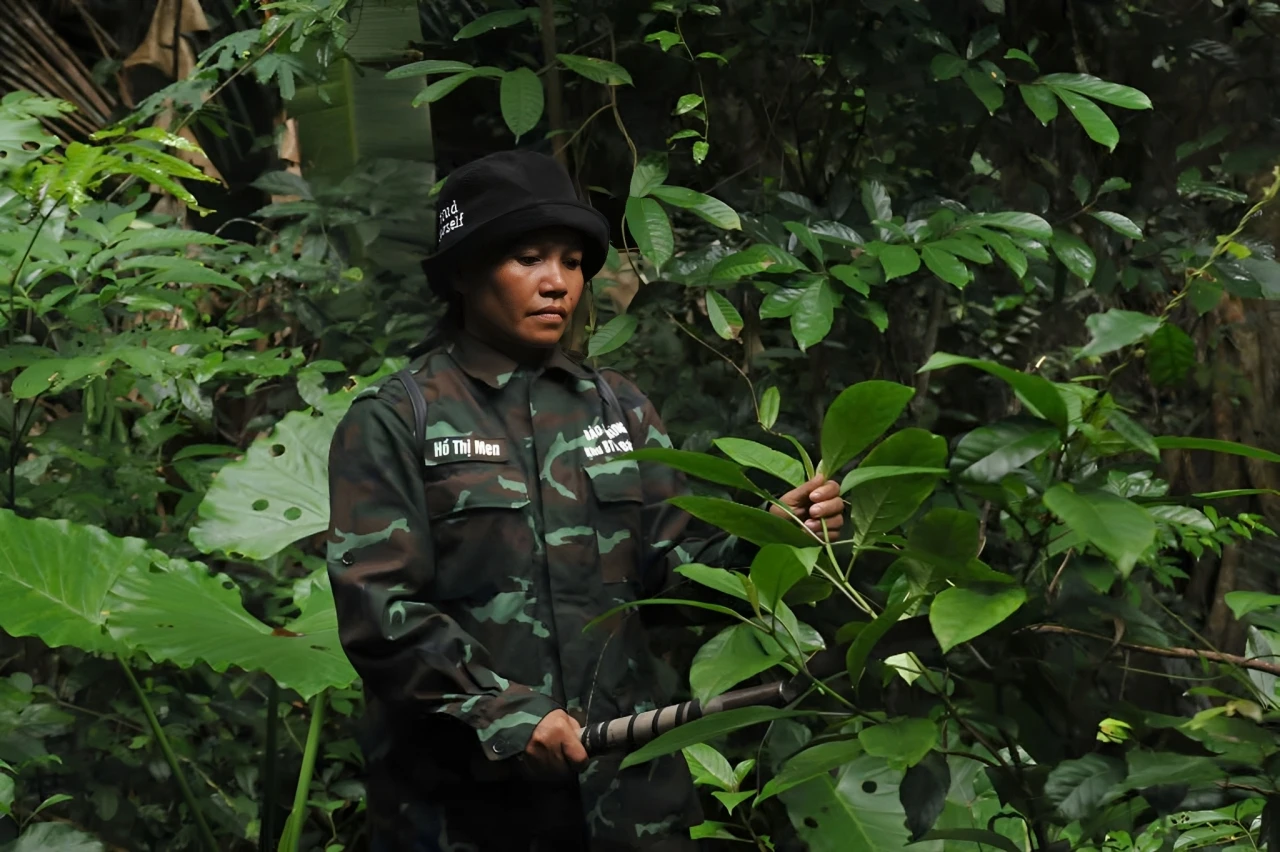
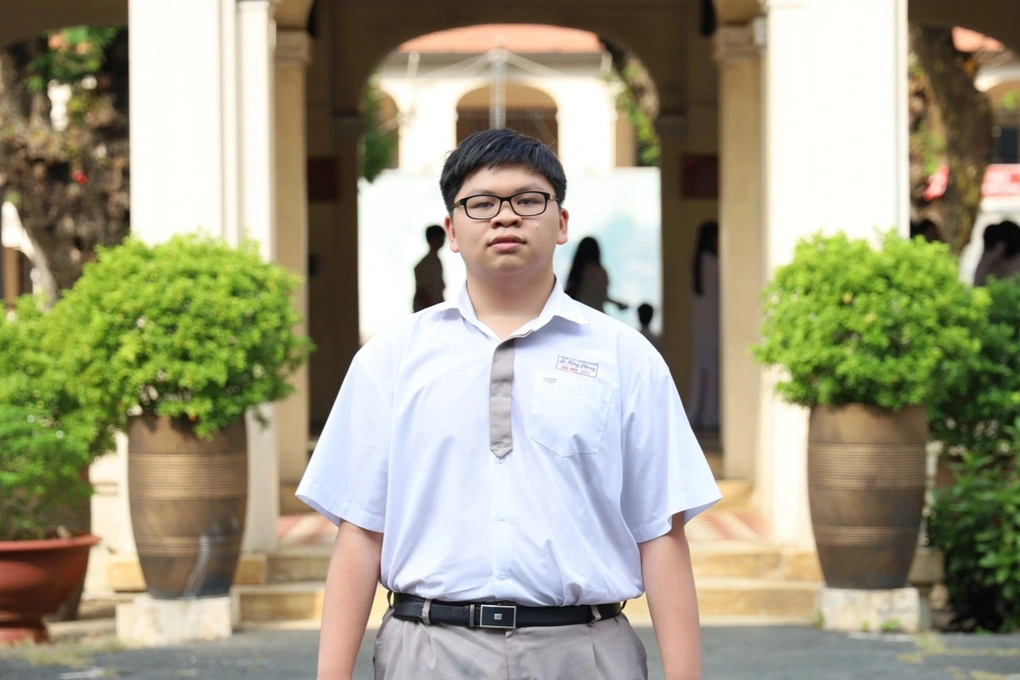

















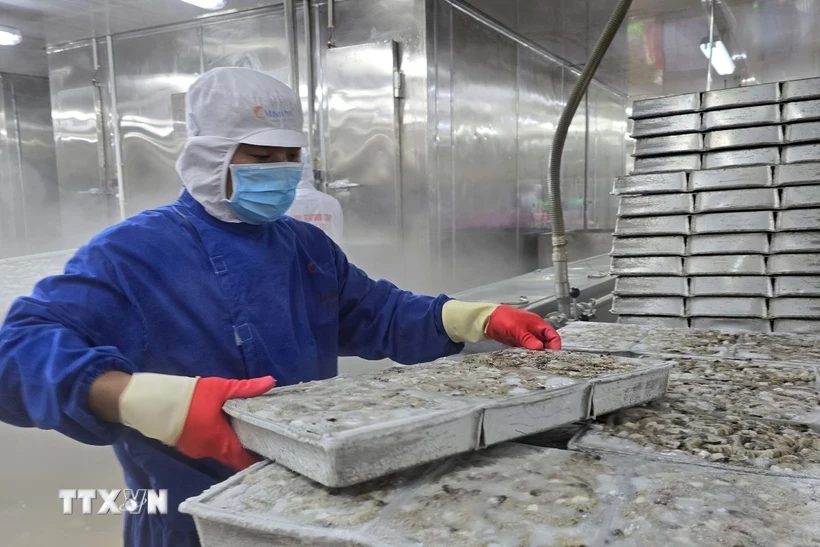





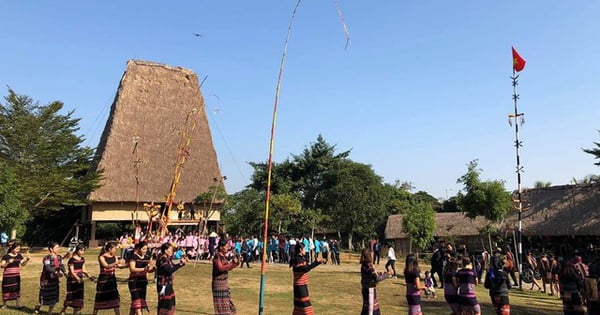





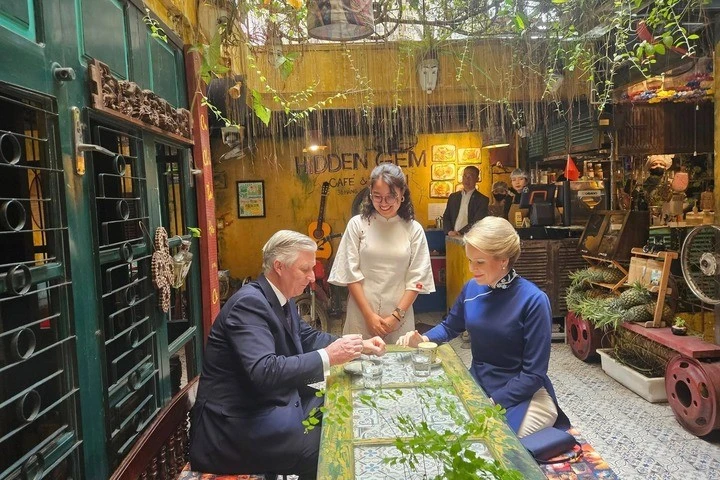
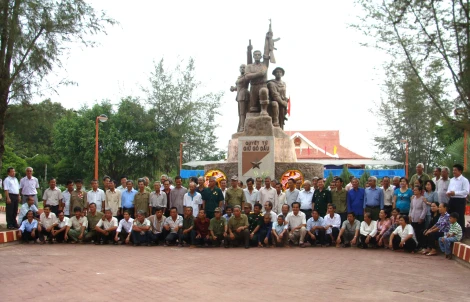

![[Podcast] News on March 24, 2025](https://vstatic.vietnam.vn/vietnam/resource/IMAGE/2025/4/3/f5fa1c3a9ae14d4590ac6965d233586b)














Comment (0)